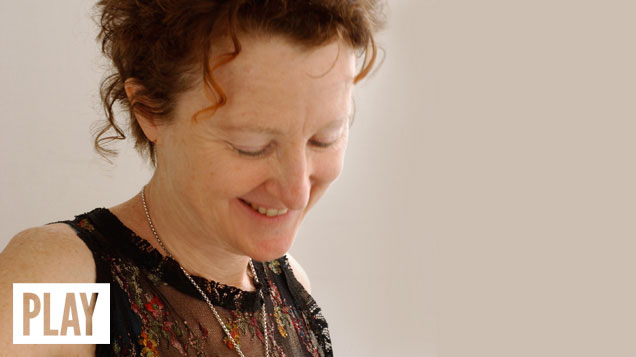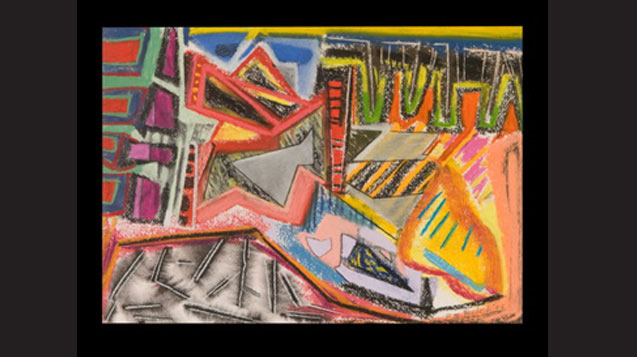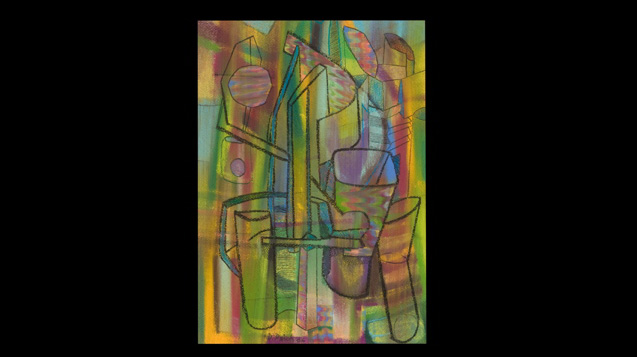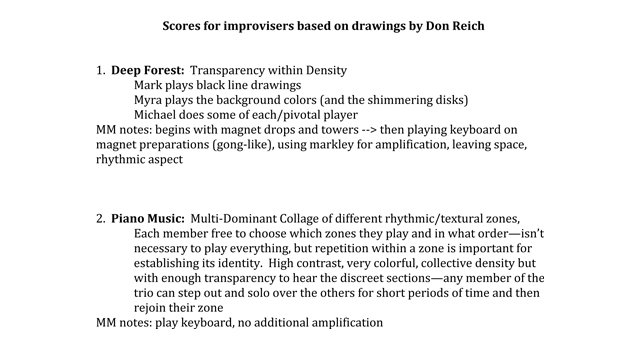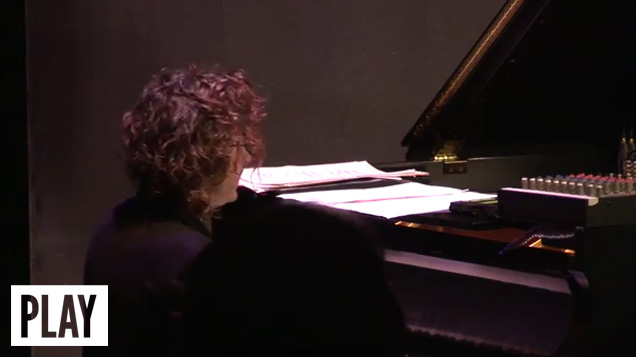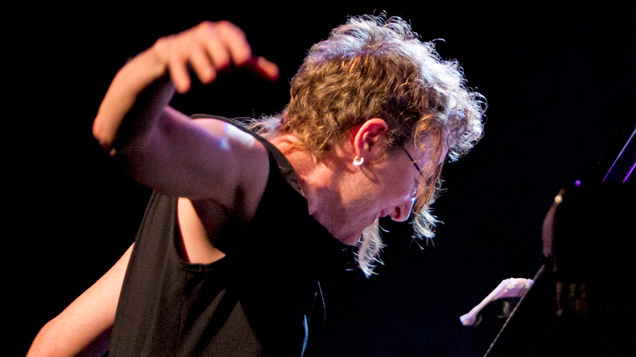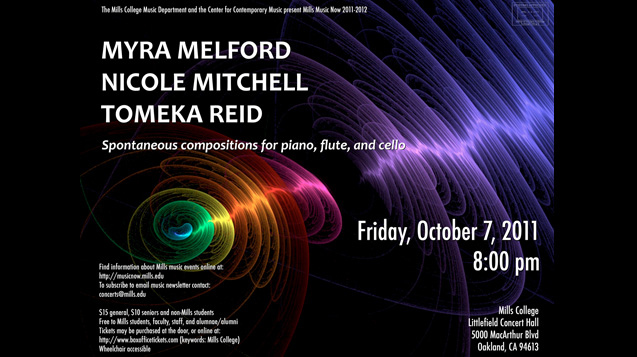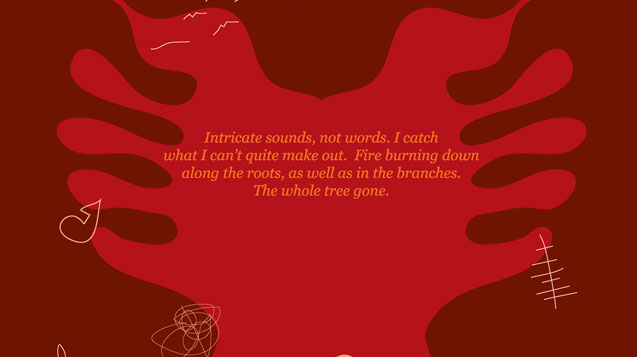Joyous multiplicity and mutable architecture might be ways of describing pianist,
composer, improviser, and bandleader Myra Melford’s work. Drawing on many
genres, including jazz, blues, experimental practices, Indian, West African, Cuban
and new music, Melford’s sounds range from simple, spacious, lyrical melodies and
harmonies to spiky, abstract, polytonal and textured passages.
She often begins her inquiries with a physical impulse, or gestural sound, rigorously
developing that impulse into a composition or new improvisational strategy with
the goal of transcending technique and intellect. "What idea or feeling wants to be
expressed now, and how can I realize or facilitate that through music?" she asks.
Melford challenges herself to discover new sounds and forms of expression by
playing and writing for many different ensembles, incorporating new technologies
and collaborating with artists in other media. Her interest in improvisation
and ‘expansive music,’ is rooted, in part, by Frank Lloyd Wright’s concept of “organic
architecture;” design not imposed but created in response to function, site, and
materials in concert with the site. Melford cites the impact of Henry Threadgill’s
notion of “organic composition’ which she describes as “starting with a small cell
or musical phrase and allowing a whole composition to grow naturally, through an
infinite number of permutations, out of that initial material including the form or
structure of the piece.”
Nate Chinen, music journalist and New York Times contributor, interviewed Myra Melford via email, March 2012
NC
You're known for an especially interdisciplinary approach to music-making. How does the engagement with other fields — dance, text, sculpture — inform your process as a musician?
I draw great inspiration from other people's creative work and am intrigued by the ensuing cross-disciplinary dialogue. I think of it as a very personal conversation, which begins with a spark of recognition when I experience a given work of art, be it in any medium. Something in that building, the imagery or rhythm in that poem, that dancer's gestures or that painting, speaks to me or moves me, and I want to respond through music. The conversation is both internal--between the active/doer and the receptive/perceiver within me, and external--between the artwork that inspires and the musical response. It's a very rich and engaging process on many levels: emotional, intellectual, physical, spiritual, and one I return to again and again in my work.
NC
Do you conceive of any distinction between the cerebral and the visceral in your work?
In the end, when I'm successful, i.e. happy with my work, I think these two modes of response become synthesized to a point where I can no longer identify what's cerebral and what is intuitive or visceral. Certainly, if I analyze my process, I would say I draw heavily on both of these modes of perception/response. My work most often starts with a physical impulse or gesture with a sound attached to it--I am a very kinesthetic player, as much an idiosyncratic dancer as a conduit for sound. I then explore and develop that initial idea both intellectually and intuitively (more the former when I'm composing, more heavily the latter when I'm improvising/performing), and so begins a kind of back-and-forth between my ear/body/heart and my mind. But the ideal for me is when both are transcended, when I'm no longer aware of either, but just experiencing the music as it's being played/heard.
NC
That kinesthetic ideal speaks to the special role that flow plays in your music. Do you feel that its opposite — disruption, discontinuity, jaggedness — derives from the same impulse? Or is it coming from someplace else?
The flow I experience, when I’m following or allowing my natural impulse to guide the music, is really a kind of meta-flow. A state where I don’t have to think about what to play, but rather I know what note, what gesture, what shape or rhythm comes next, and it’s almost as if it happens without my doing anything. It’s a visceral response through movement and sound to what I’m hearing. Within that is the possibility for discontinuity or jagged gestures that are part of the flow, rather than something disruptive in the big picture.
If you think about the human experience and the natural world, within the cycle of life, there is becoming and dissolving, gentle breezes and destructive or turbulent winds, nourishing rain and torrential storms. Everything we experience and feel has the potential to be expressed through music and art. Leroy Jenkins turned me on to one of his favorite poems by Rumi, in it there’s a line that says, “We have fallen into the place where everything is music.” That’s an example of the experience I’m talking about.
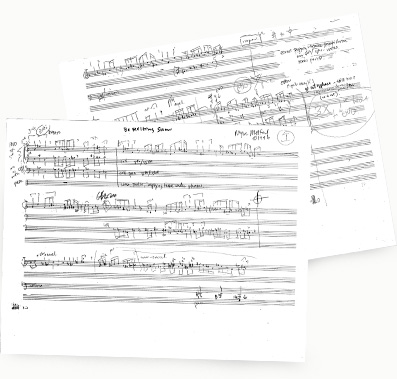
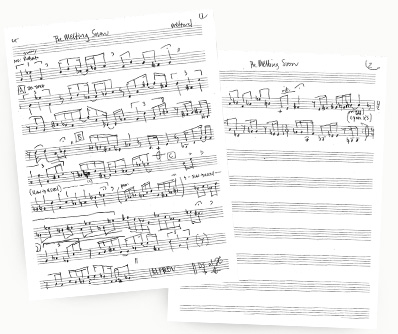
Be Melting Snow, live at Mills College
NC
Have you found that this synthesis, this "meta-flow," can be honed with practice and experience?
Absolutely. It’s the just as important for me to practice this (both at my instrument and away from the instrument, say through meditation, yoga or in going about my day) as it is for me to work to become more expressive through acquiring greater technical facility and theoretical chops. And, as you suggest, it’s something I can work on when I practice, but it’s also something that seems to happen more and more when I’m performing, which I believe reinforces the experience, and makes it easier to drop into that space the next time. The practice is learning to recognize what kinds of thoughts or conditions cause me to disconnect from the music, and then it becomes easier to reconnect.
Intro to Moonbird from The Whole Tree Gone...
There’s a kind of communion that happens in the process of making music. It can happen when I’m alone at home, it can happen when I’m rehearsing in a studio, when I’m performing on a concert stage or on the bandstand playing for people to dance. The heightened state of awareness and adrenalin in a performance can act as a catalyst, but it’s really a state of meditation, as it were, that can happen anywhere, anytime. It’s that sense of communing with something beyond myself that draws me to music, makes me want to play, and when I share that with others it’s magnified, as if everyone’s energy-field is becoming unified. There’s the possibility to experience oneself as more than an individual confined to this body and mind, the boundaries seem to drop away, and a vaster space opens up, accompanied by a feeling of well-being. I think that’s why so many people say that playing or listening to music makes them feel better when they’re sick or ailing in some way. I think it really does impact our chemistry in a very tangible way.
Curriculum Vitae (PDF)
